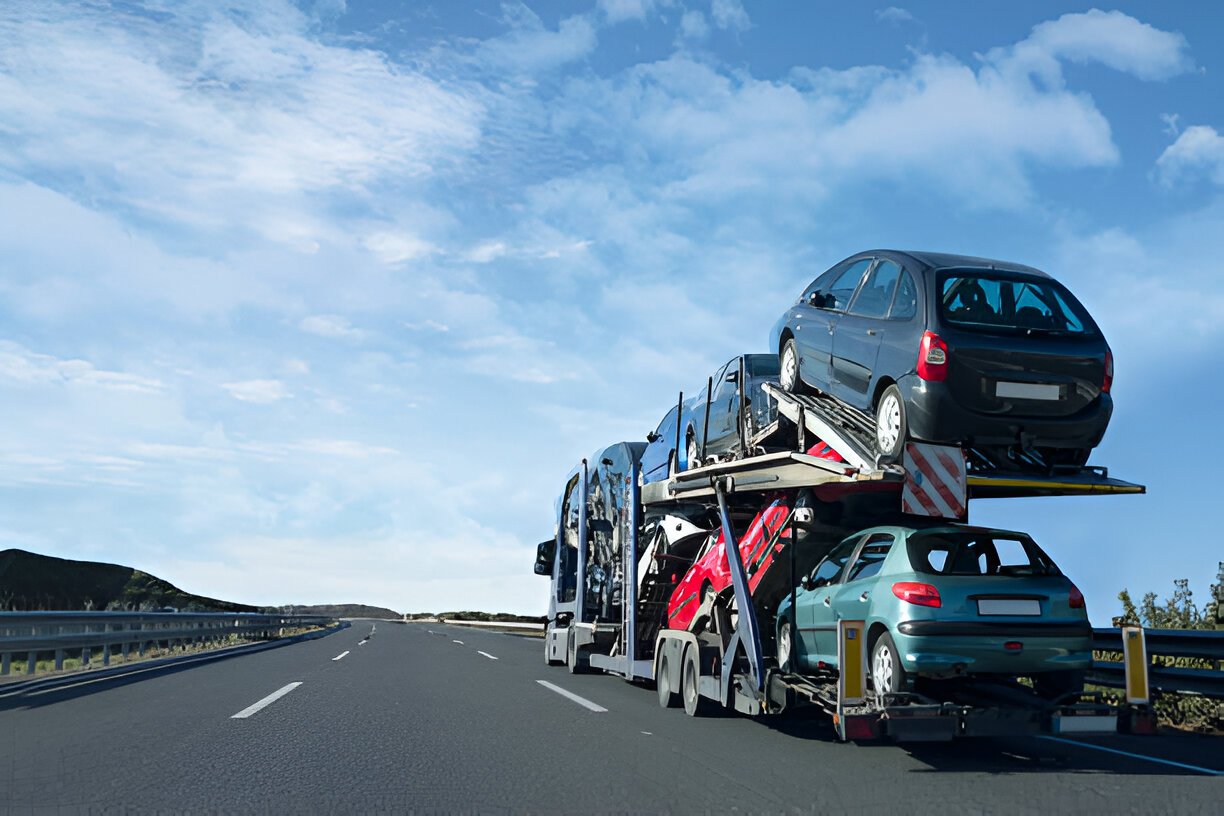
Shipping your car can be easy and even stress-free as long as you stay organized, but one small slip can soak up your cash or nick your paint. Whether you’re moving for work, buying online, or sending a treasured classic south for winter, sidestepping common blunders is the best way to keep the process smooth.
In this post, we walk through ten of those slip-ups and show you how to dodge them with careful planning, reliable car transport companies, and a clear checklist you can check off. So if you’ve asked yourself, “What’s the safest, most budget-friendly way to move my car?”—read on.
1. Waiting Until the Last Minute to Book
Most folks don’t realize how fast transport slots disappear, especially during peak times like summer moves or holiday greetings. Procrastinating usually leads to sky-high quotes, fewer available carriers, and pick-up dates that keep slipping.
How to avoid it:
Lock in your order at least two to three weeks early. Doing so opens up better routes and all but guarantees your car shows up when you need it.
2. Choosing the Cheapest Option
Price is a huge factor when shipping your car, yet it shouldn’t be the only factor. Very low quotes usually come from new brokers or carriers who trim service, insurance, or safety to boost profits.
How to avoid it:
Gather bids only from established auto-haulers, read recent reviews, and check their FMCSA registration. In this field, quality and trust often matter more than a few extra dollars.
3. Not Verifying Insurance Coverage
Almost every client assumes his or her car has full coverage on the road, yet damage limits or carve-outs can come as a nasty surprise.
How to avoid it:
Request a copy of the carrier’s cargo policy, and spell out what types of harm are covered, the cap, and any deductibles. Weather-related dents or loading scuffs sometimes slip through, so ask directly.
4. Failing to Inspect the Vehicle Before and After Shipping
Skipping the pre- and post-shipment walkaround is risky. If the car shows up with a scratch and you have no clear photos from before, getting reimbursed can take weeks or fail completely.
Before handing over your vehicle, snap clear photos of every angle and note any existing dings or scratches. Do the same when the car is returned, then compare both sets of images side by side. Use the Bill of Lading to jot down anything that looks different.
Your car isn’t a shipping container. Leaving items inside can lead to damage, theft, or violations of transport regulations. It may also void your insurance coverage.
5. Leaving Personal Items in the Vehicle
Remove all personal belongings, electronics, paperwork, and accessories. Your moving checklist should include cleaning the car inside and out before pickup.
Assuming your home or delivery location is accessible to large transport trucks can be a mistake. If the truck can’t reach your address, delays or extra charges may occur.
6. Not Confirming Pickup and Drop-Off Logistics
Confirm with your transporter whether your pickup and drop-off locations are accessible for their equipment. If not, arrange for a meeting point in advance.
7. Skipping the Moving Checklist
A lack of preparation often leads to forgotten tasks like removing toll tags, disabling alarms, or gathering required documents-all of which can delay or complicate your shipment.
How to avoid it:
- Use a detailed moving checklist that includes:
- Removing valuables
- Checking tire pressure and battery
- Documenting vehicle condition
- Ensuring only 1/4 tank of gas is in the car
- Providing a spare key
Preparation is the key to a hassle-free experience.
8. Not Asking the Right Questions
Most problems pop up simply because customers forget-or never think-to ask the right questions before booking. Confusion over delivery windows, driver updates, or cancellation rules can turn what should be a smooth shipment into real frustration.
How to avoid it:
Run through these key questions before you sign any contract:
- How long will shipping take?
- Is this quote all-inclusive?
- Who is the actual carrier (if working with a broker)?
- What happens if there’s a delay?
- Is there a cancellation fee?
Clear talk on these points up front heads off nasty surprises later.
Final Thoughts
Car shipping isn’t complicated; skipping the mistakes listed here can mean the difference between a smooth move and a stressful headache. Plan early, choose trusted shipping firms, and stick to a sensible moving checklist, and the journey will be easier.
Whether you’re moving a sedan to a new state or sending a luxury coupe cross-country, being informed and prepared lets your car arrive safely, on time, and with no hidden costs.





